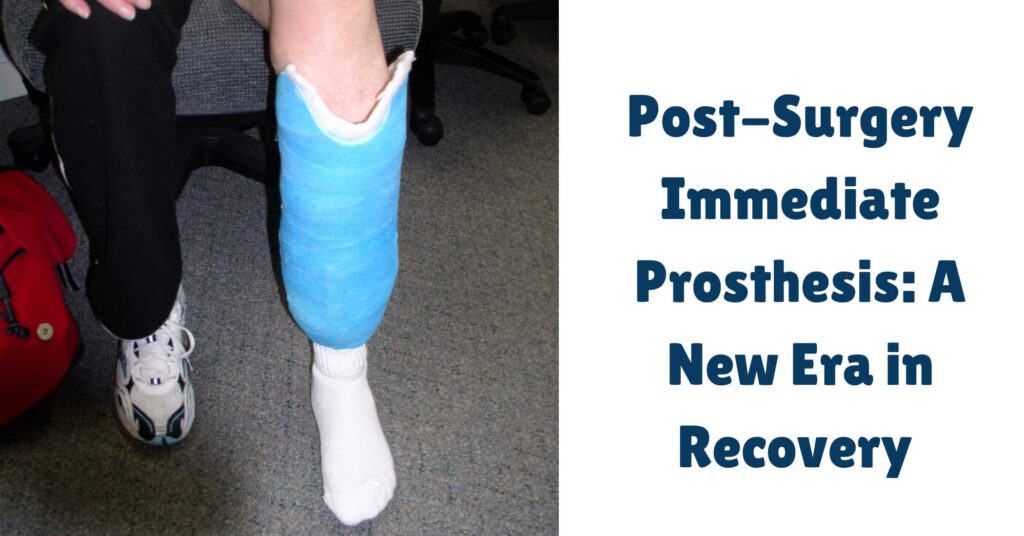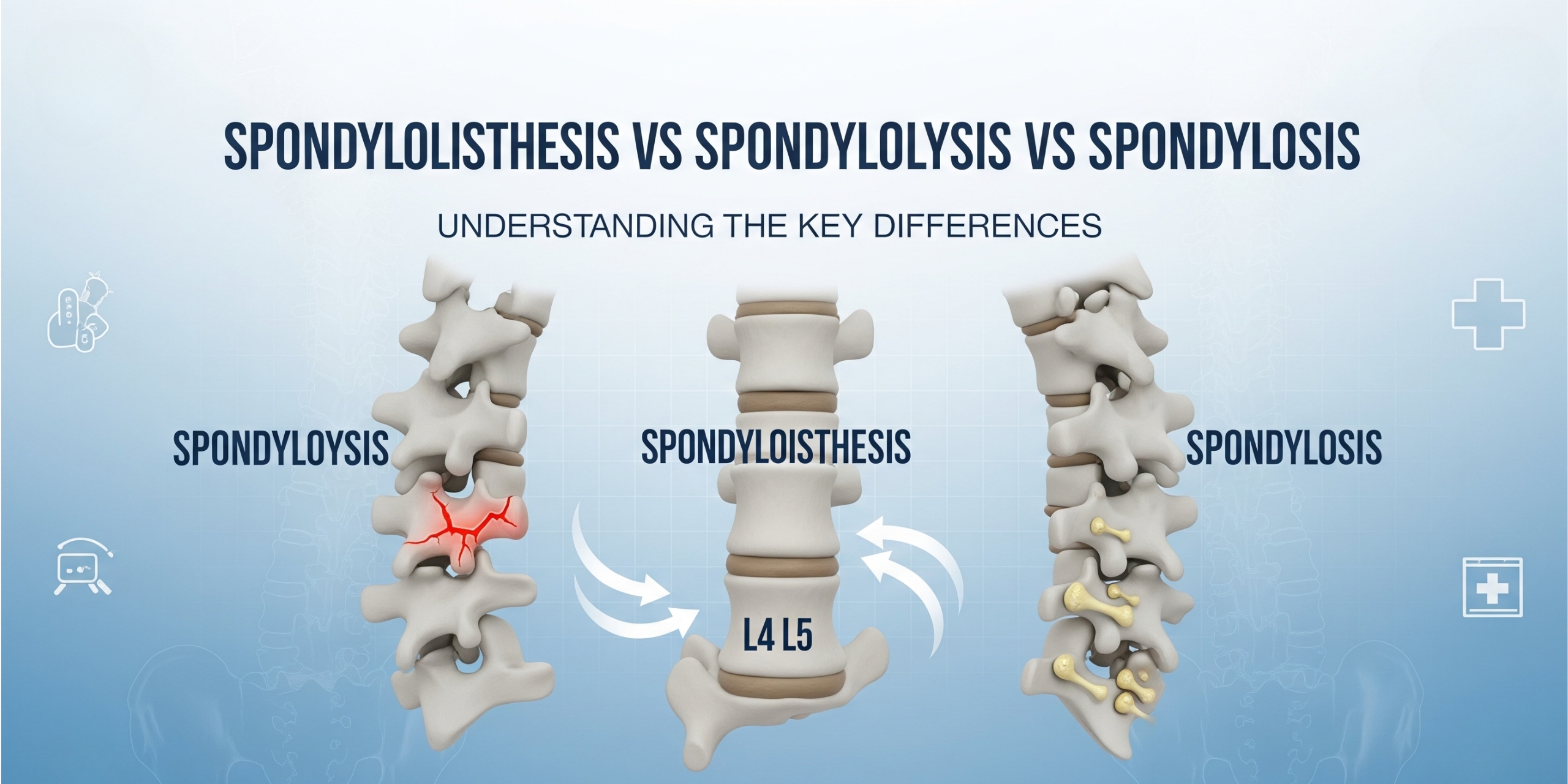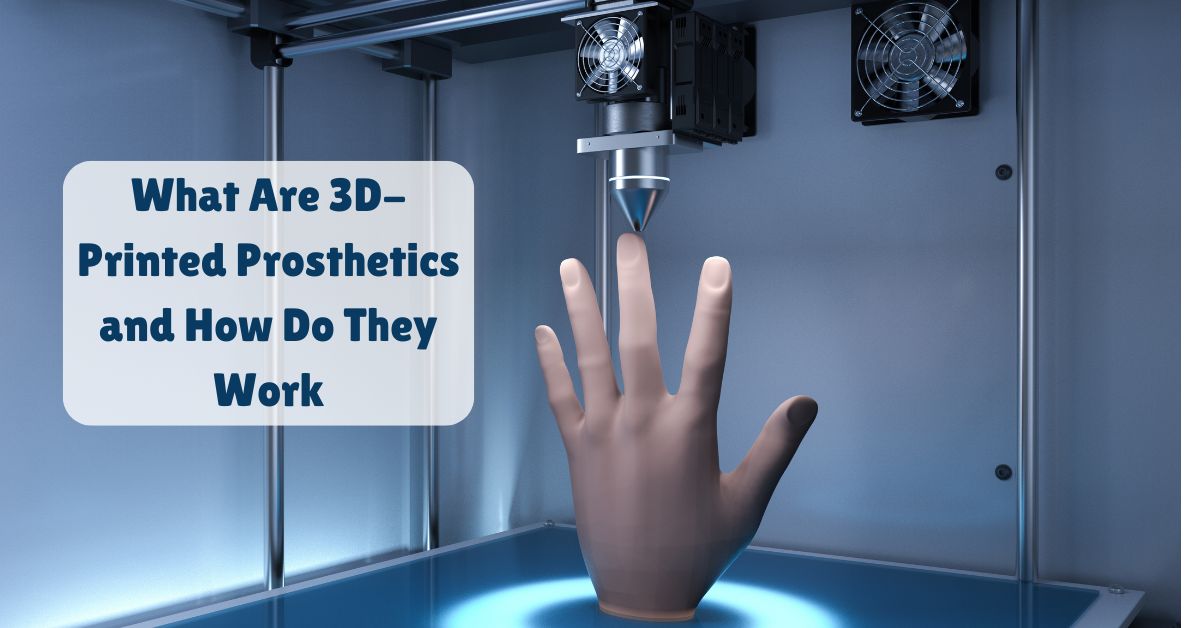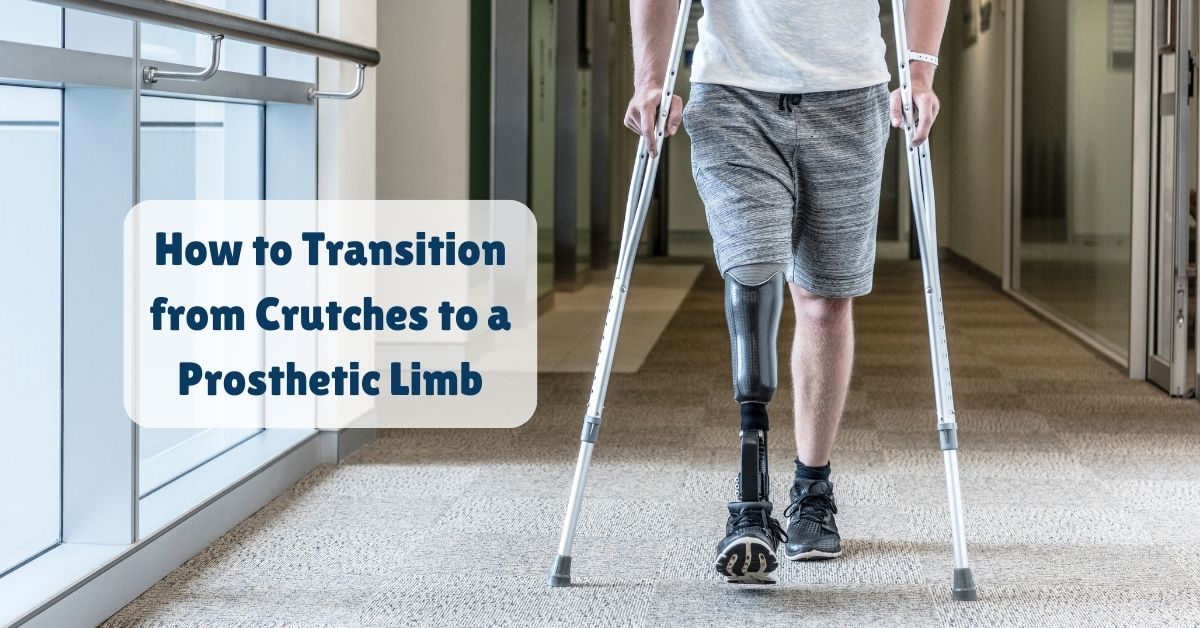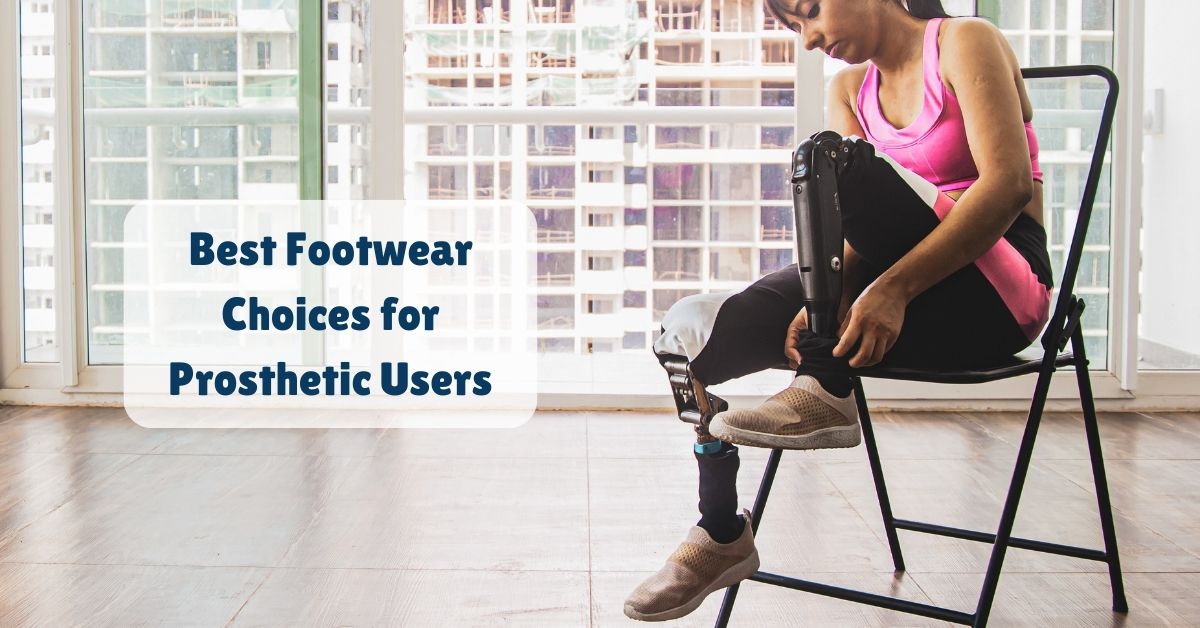Undergoing surgery is a daunting experience, but recent advancements in medical technology are making recovery easier and quicker. One such breakthrough is the Immediate prosthesis, which is gaining recognition in both India and Europe.
What is Immediate Postoperative Prosthesis?
An immediate postoperative prosthesis is a type of prosthetic limb that is fitted and used by a patient right after their amputation surgery, often during the same hospital stay. Unlike traditional prostheses, which are usually fitted weeks or months after surgery, an immediate postoperative prosthesis allows the patient to start using a prosthetic limb almost immediately.
Key Features of Immediate Postoperative Prosthesis
- Early Use: Patients can begin using the prosthesis shortly after surgery, which helps in reducing the downtime and starting the rehabilitation process sooner.
- Custom Fit: It is designed to fit the residual limb as closely as possible, taking into account the changes in shape and size that occur as the limb heals.
- Temporary Design: The immediate postoperative prosthesis is often a temporary device. It supports the healing process and prepares the patient for a more permanent prosthetic limb that will be fitted later on.
- Comfort and Adaptation: The prosthesis is made to be comfortable and to accommodate the swelling and changes in the residual limb, making it easier for patients to adapt and start using it for daily activities.
Benefits of Immediate Prosthesis
Immediate Use: Patients can start using their new limb almost immediately, reducing the downtime traditionally associated with post-surgery recovery.
Psychological Boost: The ability to see and use a prosthetic limb soon after surgery can greatly improve a patient’s mental health, providing a sense of normalcy and hope.
Better Healing: Early use of a prosthesis can aid in the healing process, promoting better blood flow and reducing the risk of complications.
How Does Immediate Postoperative Prosthesis Affect Rehabilitation?
An immediate postoperative prosthesis has a significant impact on the rehabilitation process, offering several benefits that can enhance recovery:
- Accelerates Recovery: By allowing patients to use a prosthetic limb soon after surgery, immediate postoperative prostheses help speed up the overall recovery process. Patients can begin mobility training and physical therapy earlier, which promotes quicker improvements in strength and function.
- Improves Mobility Early On: Early use of a prosthesis helps patients start working on their mobility and balance sooner. This early practice can lead to better outcomes in terms of walking and moving with the prosthetic limb, making the transition smoother.
- Reduces Complications: Using the prosthesis shortly after surgery can help prevent complications like joint stiffness and muscle atrophy. The prosthesis supports the residual limb and helps maintain muscle function and range of motion during the healing process.
- Enhances Comfort and Adaptation: Immediate use allows patients to become accustomed to their new limb gradually. It also helps in adjusting the fit and comfort of the prosthesis as the residual limb changes shape during healing.
- Boosts Psychological Well-being: The ability to use a prosthetic limb soon after surgery can greatly improve a patient’s morale and mental health. It provides a sense of normalcy and hope, which can positively affect motivation and engagement in the rehabilitation process.
- Facilitates Early Training: Patients can start practicing essential skills, such as walking or using their prosthesis for daily tasks, sooner. This early training can help them regain independence more quickly and efficiently.
- Supports Better Prosthetic Fit: Early use of the prosthesis allows for ongoing adjustments and refinements to ensure a better fit as the residual limb heals and changes. This leads to a more comfortable and functional prosthetic limb in the long run.
Overall, an immediate postoperative prosthesis can significantly enhance the rehabilitation experience by speeding up recovery, improving mobility, and supporting both physical and emotional well-being.
How to Care for an Immediate Postoperative Prosthesis?
Caring for an immediate postoperative prosthesis is crucial for ensuring comfort, functionality, and optimal healing. Here’s a simple guide to help you maintain and manage your prosthesis effectively:
- Follow Medical Instructions: Always adhere to the care and usage instructions provided by your surgeon and prosthetist. They will give specific guidelines tailored to your prosthesis and individual needs.
- Keep the Residual Limb Clean and Dry: Maintain good hygiene by cleaning the residual limb daily with mild soap and water. Dry it thoroughly before putting on the prosthesis to prevent skin irritation and infections.
- Inspect the Residual Limb Regularly: Check the skin on your residual limb for any signs of redness, swelling, or sores. If you notice any issues, contact your healthcare provider for advice.
- Clean the Prosthesis: Regularly clean the prosthesis according to the manufacturer’s instructions. Use a damp cloth and mild detergent to wipe down the socket and other components. Avoid using harsh chemicals or soaking the prosthesis.
- Check for Proper Fit: Ensure that the prosthesis fits well and is comfortable. If you experience discomfort or the fit seems off, consult your prosthetist for adjustments.
- Monitor for Changes: As the residual limb heals and changes shape, the fit of the prosthesis may need adjustments. Regular follow-ups with your prosthetist are important to make necessary modifications and ensure a good fit.
- Avoid Excessive Moisture: Moisture can lead to skin problems and affect the prosthesis. If you sweat a lot, use absorbent liners or pads to keep moisture away from the residual limb and prosthesis.
- Wear Appropriate Socks or Liners: Use the recommended socks or liners with your prosthesis to improve comfort and prevent friction. Change them regularly and keep them clean.
- Handle with Care: Treat the prosthesis gently to avoid damage. Avoid dropping it or exposing it to extreme temperatures.
- Attend Follow-up Appointments: Regular visits to your prosthetist and healthcare team are important for monitoring your progress, making adjustments, and addressing any concerns.
Proper care of an immediate postoperative prosthesis helps ensure it functions effectively, supports your recovery, and contributes to a positive rehabilitation experience.
Adoption in India and Europe
In India, the medical community is increasingly adopting Immediate prostheses, recognizing their potential to improve the quality of life for patients. Hospitals are integrating this technology into their post-surgery protocols, ensuring that patients have access to the best possible care.
Similarly, in Europe, the adoption of Immediate prosthesis technology is on the rise. European healthcare systems, known for their advanced medical practices, are leveraging this innovation to enhance patient outcomes and streamline the recovery process.
Availability of Immediate Postoperative Prostheses for Different Types of Amputations
Immediate postoperative prostheses are not universally available for all types of amputations, but they can be used for many cases. Here’s a breakdown of their availability for different types of amputations:
- Lower Limb Amputations:
- Below-the-Knee Amputations (BKAs): Immediate postoperative prostheses are commonly used for below-the-knee amputations. They help patients begin walking and weight-bearing exercises soon after surgery.
- Above-the-Knee Amputations (AKAs): These prostheses can also be used for above-the-knee amputations, though they might be more complex due to the need to accommodate the residual limb’s changes and ensure proper fit.
- Upper Limb Amputations:
- Below-the-Elbow Amputations (BEAs): Immediate postoperative prostheses can be fitted for below-the-elbow amputations. They help patients start using their prosthetic limb early and practice movements.
- Above-the-Elbow Amputations (AEAs): For above-the-elbow amputations, immediate postoperative prostheses are less common but still available. These prostheses are designed to be adjustable to accommodate changes in the residual limb and support early rehabilitation.
- Complex or Multiple Amputations:
- For individuals with multiple or complex amputations, immediate postoperative prostheses may be adapted to their specific needs. The prosthetic team will assess the situation and provide a solution that fits their unique requirements.
Factors Influencing Availability:
- Surgical Techniques: The type of amputation and surgical technique used can affect the suitability of immediate postoperative prostheses. Surgeons and prosthetists will evaluate the best options based on the patient’s condition.
- Individual Needs: Each patient’s needs and healing process are different. The prosthetic team will customize the prosthesis to ensure comfort and functionality.
Conclusion
The advent of Immediate prosthesis marks a significant step forward in post-surgical care. By providing immediate functionality and psychological benefits, this technology is revolutionizing the way patients recover from surgery.
Whether in India or Europe, the Immediate prosthesis is paving the way for a brighter, more hopeful future for surgery patients.

